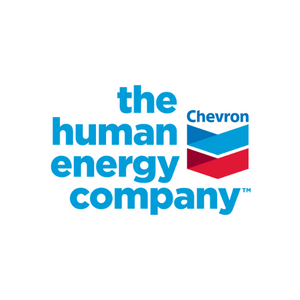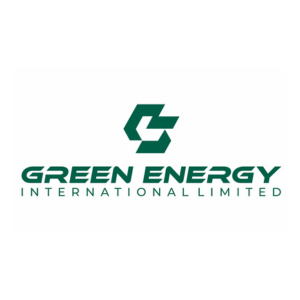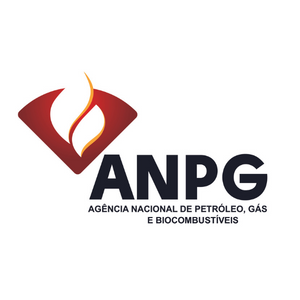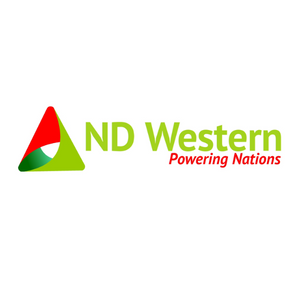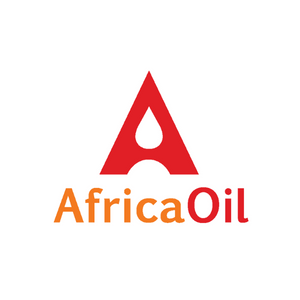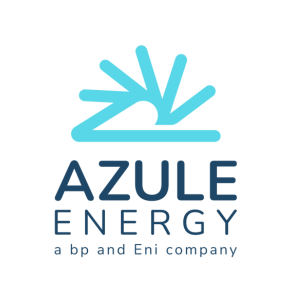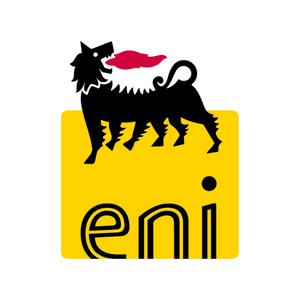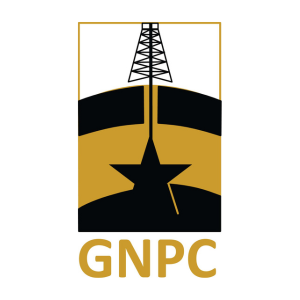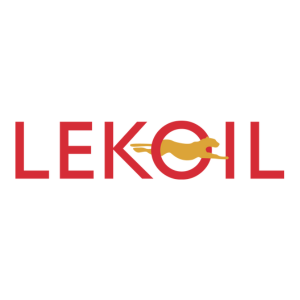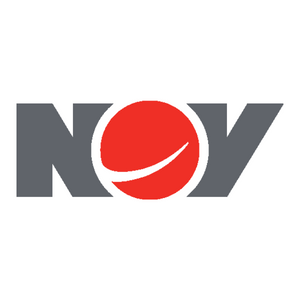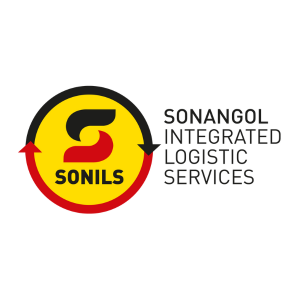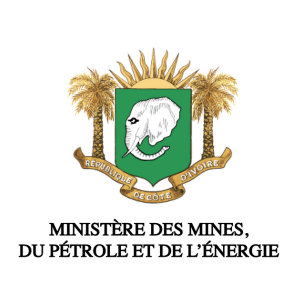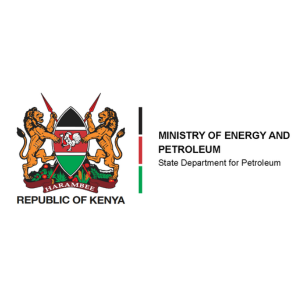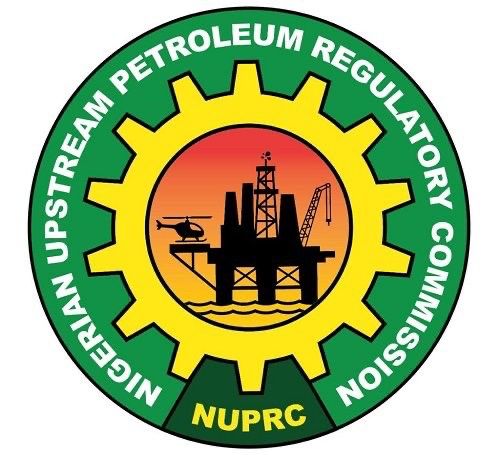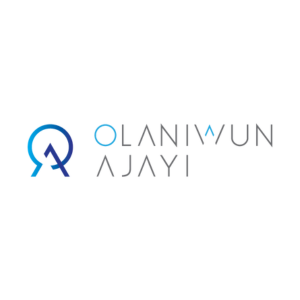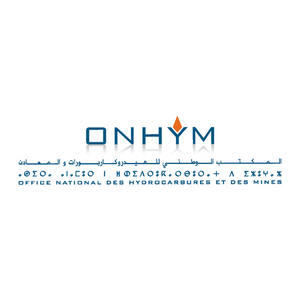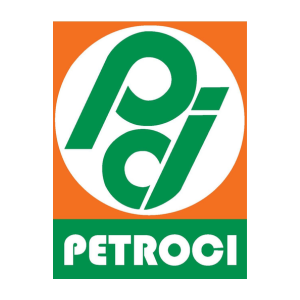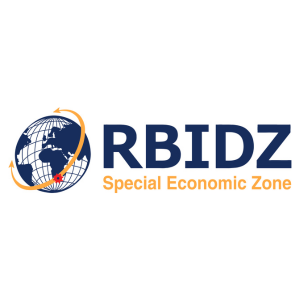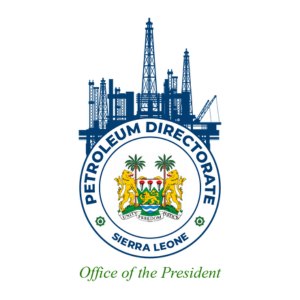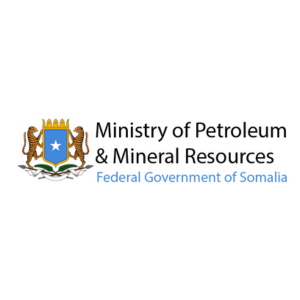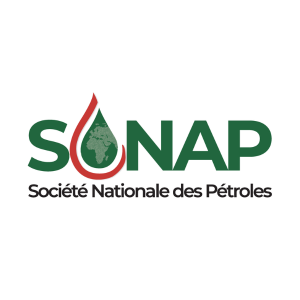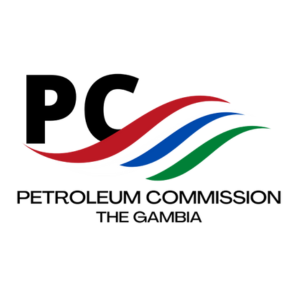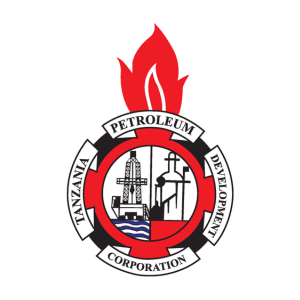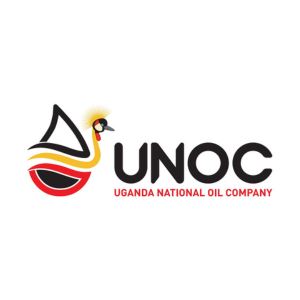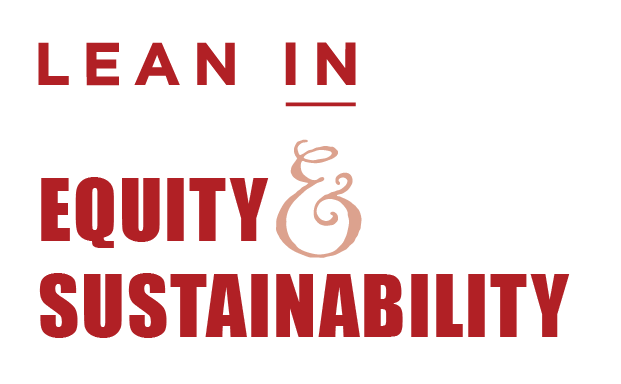Next up on our round trip of Africa’s oil producers, in partnership with Menas Associates, is Uganda.
Uganda is a new oil producer, but the history of oil exploration is more than a century old.
Oil seepages along Lake Albert were discovered by local communities prior to the country’s
independence in 1962.
Since then, political instability — despotic rule under Idi Amin (1971-1979)
and a virtual civil war with the Lord’s Resistance Army, which has waged since the 1990s — has
discouraged many investors.
In addition the logistical, technical, and commercial difficulties facing
IOCs and prospective international investors are the challenges of exploring and transporting oil from
landlocked Uganda, more than 1,000km from the nearest coast.
A series of oil discoveries from 2006 onwards put Uganda on the global energy map. These constituted:
>> The largest onshore oil finds in sub-Saharan Africa in over two decades
>> Part of a greater surge in oil and gas exploration in East Africa
>> A wider energy drive in Africa
Yet, almost immediately after these discoveries, a series of regulatory disputes broke out between the Ugandan government and the IOCs, which delayed both production and development. Consequently, Uganda’s first oil exports are still not expected before 2020.
The current oil fields are estimated to contain reserves of around 2.5bn barrels of oil. They are located in the Albertine Graben — an area 500km in length and up to 454km in width — which forms the country’s western border with the Democratic Republic of Congo (DRC), and stretches from Lake Edward (in the south) to the border with South Sudan (in the north).
The Albertine Graben contains the best oil potential but it has not been thoroughly explored. As such, and given the less explored basins, there is speculation that Uganda’s reserves may exceed six billion barrels.
Based on the current discoveries, oil production is estimated to reach between 200,000 and 250,000 b/d based. It therefore has the potential to become a potential mid-level African producer, such as Equatorial Guinea and Gabon.
Tullow’s confirmation that the government, and its JV partners, are still targeting Q4/2017 for the final investment decision for Lake Albert is of note, with production to commence three years later in 2020.Tullow’s farm down decision — announced on 9 January to sell 21.57% of its 33.33% interests in exploration areas 1, 1A, 2,and 3A, to Total for US$900m — is one of the largest pieces of industry news for Uganda, as it will produce another capital gains windfall for the government.
It was confirmed in March that CNOOC had exercised its preemption rights for half of the purchase, which will give both CNOOC and Total a 44% share in the blocks.
Regional pipeline
The export of Ugandan oil to international markets is dependent on the construction of a regional pipeline. A southern route — running 1,400km along Lake Victoria from Uganda to Tanzania — is currently the most likely option. Initially a pipeline through Kenya — epitomised by the August 2016 signing of a Memorandum of Understanding (MoU) between Uganda’s President Yoweri Museveni and Kenya’s President Uhuru Kenyatta — was the favoured route.
However, when Total expressed its preference for the longer but flatter Tanzanian route expressing concern about the threat from Al-Shabaab in northern Kenya, and also its far more challenging pipeline gradient — it promised to source financing for the project, thus making it clear that the Tanzania route a
far more likely option.
According to the Association of Uganda Oil and Gas Providers’ CEO, Emmanuel Mugarura, Uganda expects up to US$20bn in oil sector investment during the 2020 development phase. The US$11m Front End Engineering and Design (FEED) phase began in January 2017 and is expected to be completed by the end of the year. Construction of supporting facilities will include:
>> An international airport at Kabale
>> A highway
>> Power transmission
>> IT infrastructure cable systems
Logistical costs for around 2,000 trucks delivering materials from Kenya and Tanzania will also be
factored in. It is estimated that the Hoima-Tanga pipeline project — being financed under a publicprivate
partnership — will create 15,000 jobs during its construction phase.
Therefore, Uganda should be exporting oil via Tanzania by 2020. Because of the waxy consistency of Uganda’s crude, the 24inch diameter pipeline will be the world’s longest heated crude oil pipeline. Thus, the future oil sector investment opportunities in Uganda largely hinge on the successful construction of this export pipeline.

